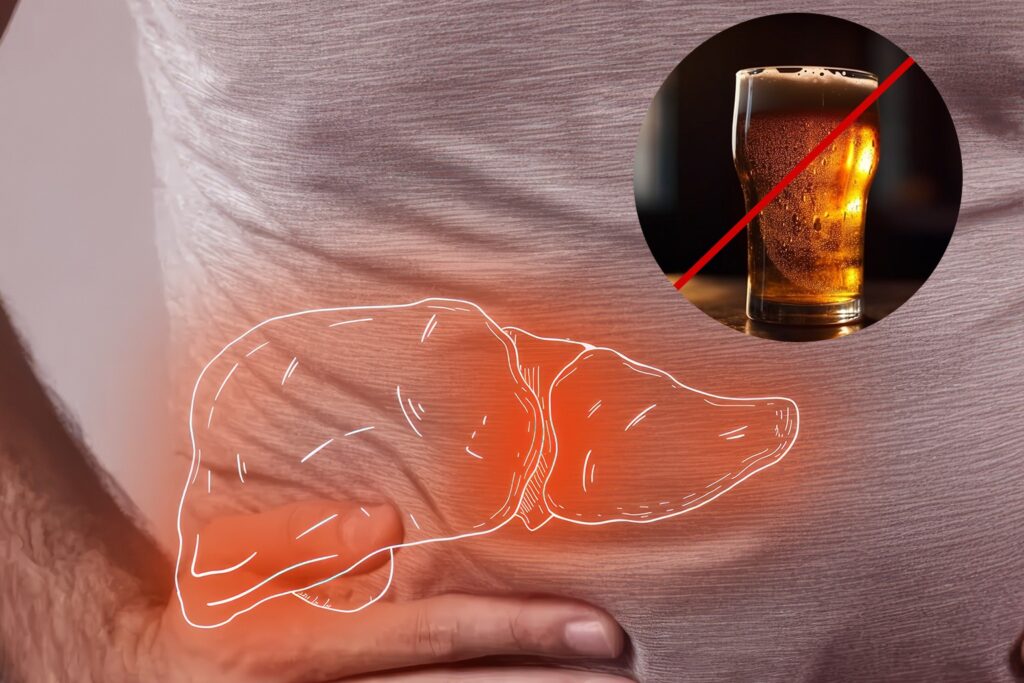
Now called Metabolic Dysfunction-Associated Steatotic Liver Disease (MASLD), Non-Alcoholic Fatty Liver Disease (NAFLD) has become a silent but concerning health issue in India. Government statistics indicate that 1 to 3 people out of every 10 suffer with this disorder. With around 25 to 30% of the population affected globally, the illness is among the most common liver diseases known to exist.
Mastering MASLD
When extra fat builds up in the liver, MASLD results—often without obvious symptoms in its early phases. Those who lead a sedentary lifestyle, diabetes, or are overweight or obese are at far higher risk, though. If unchecked, this accumulation of fat can cause liver inflammation, sometimes referred to as hepatitis, which can advance to severe problems like liver fibrosis, cirrhosis, and even liver failure over time.
Factors of Risk and Causes
Unhealthy lifestyle is the main cause of MASLD; variables such too high calorie intake, consumption of ultra-processed foods, lack of physical activity, and smoking are quite important in its development. Overconsumption of food—especially refined carbohydrates and harmful fats—triggers fatty liver disease, according to a presentation on ENDO 2023, the annual conference of the Endocrine Society. Those who have obesity, type 2 diabetes, or high triglyceride levels also are more likely to get this disorder.
Seeing the Signs
Though MASLD usually goes unnoticed in its early phases, there are various warning signals suggesting liver injury. Among these are severe tiredness, unanticipated weight loss, loss of appetite, jaundice (yellowing of the skin and eyes), abdomen and foot swelling, and itchy skin. More serious symptoms include fluid in the stomach and liver scarring may arise as the disease advances and call for quick medical intervention.
Turning MASLD Around Diet and Exercise
The good news is that MASLD is reversible with certain lifestyle modifications. To adequately fight fatty liver disease, experts stress the need of a good diet and consistent exercise. Gastronologist Dr. Vijay Kumar HJ of Apollo Clinic Bengaluru claims that dietary changes include cutting refined sugars and carbohydrates will greatly enhance liver function. To help recovery, patients with extensive liver malfunction may also be prescribed drugs such vitamin E, Saroglitazar, and Semaglutide.
Furthermore underlined by recent studies in Cell Metabolism are the advantages of resistant starch in lowering hepatic fat content. Foods high in resistant starch—brown rice, lentils, quinoa, whole grain bread, oats, and plantains—help to foster the establishment of good gut bacteria that control liver fat metabolism.
Apart from modifications in food, consistent exercise is absolutely vital. Including at least 150 minutes of aerobic and strength-training activities every week has been demonstrated to dramatically lower liver fat and enhance general metabolic condition.
The Rising Demand for Knowledge
MASLD is a common health concern although its stealthy development makes it mainly underdiagnosed. Reducing the increasing frequency of the disease in India requires increasing knowledge of its risk factors, causes, and preventative actions. By means of appropriate lifestyle choices, early identification, and medical intervention, MASLD can be controlled successfully, so guaranteeing better liver health for millions of people all around.








